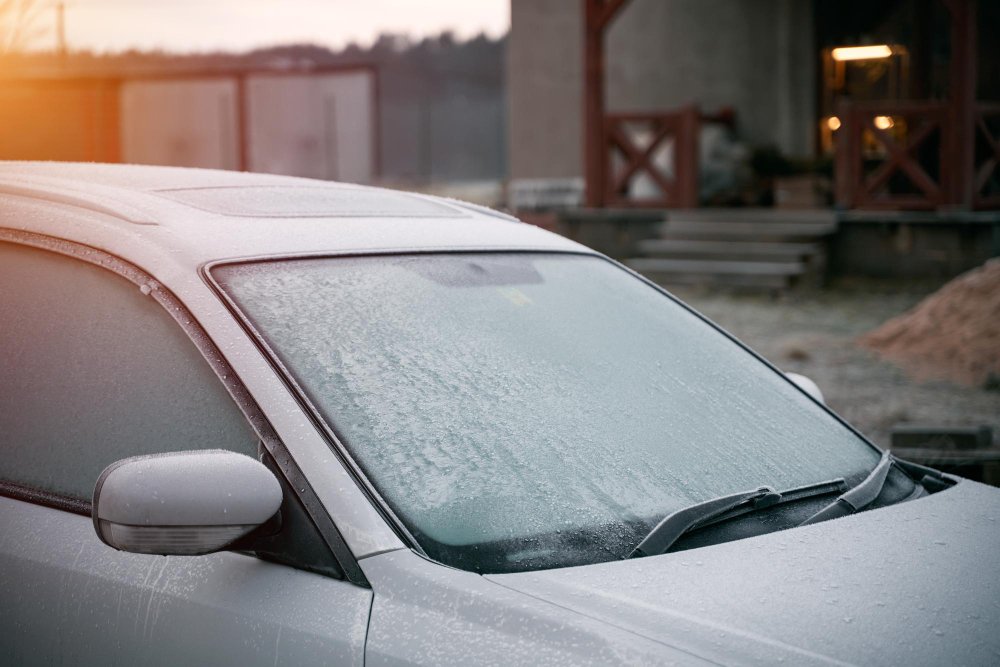Car Window Tinting: Tips for Keeping a Professional Complete
Car Window Tinting: Tips for Keeping a Professional Complete
Blog Article
Home Window Tinting Laws and Guidelines: What You Need to Know Prior To Tinting Your Car
Prior to proceeding with home window tinting for your lorry, it is important to acquaint yourself with the diverse legislations and standards that control this method across various states. These guidelines determine the allowable levels of color darkness, often determined by noticeable light transmission (VLT) percents, and include certain specifications for front windscreens aimed at ensuring roadway safety and security. In addition, specific jurisdictions might offer clinical exemptions for individuals with qualifying conditions. Understanding these complexities can save you from potential legal ramifications, but what are the certain policies in your state?
Introduction of Home Window Tinting Laws
Home window tinting laws are regularly subject to variation throughout different territories, mirroring regional policies and safety factors to consider. These legislations determine the permissible degrees of color darkness and reflectiveness on car windows, making certain that drivers keep adequate presence while also protecting against unsafe UV rays and warm.
The majority of regulations classify home window tinting based upon the Visible Light Transmission (VLT) portion, which suggests the quantity of light that can go through the window. Generally, reduced VLT percents indicate darker colors. Regulations typically differentiate between the front, side, and rear home windows, with stricter constraints put on the front windshield to improve safety for both the vehicle driver and various other road users.
Furthermore, some territories enforce limitations on the reflectivity of the color, protecting against extreme glare that can hinder exposure. Exceptions to these laws might exist for individuals with details medical conditions calling for extra sun protection. Compliance with window tinting laws is crucial, as infractions can lead to fines, obligatory elimination of the color, and possible rises in insurance coverage premiums. Therefore, it is important for vehicle owners to familiarize themselves with local regulations prior to waging home window tinting setups.
State-by-State Color Regulations
Recognizing the certain window tinting regulations in each state is essential for vehicle proprietors seeking to abide by the legislation. Each state in the U.S. has developed its very own collection of rules controling window tinting, which can differ dramatically. These policies frequently dictate the allowed levels of color darkness, the kinds of windows that can be tinted, and any medical exceptions that may use.
For example, states like The golden state have strict restrictions on color darkness for front windows, while others, such as New Mexico, might enable darker colors. Additionally, certain states mandate particular exposure percents for various home windows, consisting of the windshield, front side home windows, and rear home windows. It is essential for car owners to acquaint themselves with their state's regulations to prevent possible penalties or charges.
In addition, some states might call for an accreditation sticker to be put on tinted windows, showing compliance with state regulations. Failing to stick to these policies not only risks legal effects however can also influence safety and visibility while driving. Vehicle proprietors need to perform comprehensive research study or speak with regional authorities to make certain full understanding and conformity with state-by-state tint laws.
Allowed Color Types and degrees
Many automobile proprietors may be surprised to find out that enabled tint levels and kinds differ extensively across various states. see Each state has developed its own regulations relating to the acceptable darkness and reflectivity of home window color, commonly measured by Visible Light Transmission (VLT) percentages. VLT describes the amount of light that can travel through the tinted windows; hence, a reduced portion suggests a darker color.

In addition, the kinds of color materials permitted can vary, with some states restricting metal or mirror-like surfaces. It is crucial for vehicle owners to familiarize themselves with their state's certain regulations to guarantee compliance. Non-compliance can cause fines, obligatory elimination of the tint, or other lawful effects, making it critical to recognize these regulations prior to waging installation.
Medical Exceptions for Tinting
While not all states offer allocations for medical exemptions concerning window tinting, those that do recognize the need for certain individuals to enhance visibility and comfort due to medical problems. Various medical conditions, such as lupus, skin cancer cells, and particular eye conditions, can make people especially delicate to sunshine. These individuals might require darker colors to safeguard themselves from hazardous UV rays and glare.

It is vital to keep in mind that despite having a medical exemption, there may still be constraints on the degree of tint enabled. Compliance with state regulations makes sure that people are both safeguarded and within lawful limits. Those thinking about medical exemptions ought to call their neighborhood Division of Motor Cars or equal authority to recognize the click for more requirements and procedures essential to request an exception successfully.
Fines for Non-Compliance
Stopping working to follow home window tinting laws can cause substantial fines, which vary by state. Police are encouraged to release citations for cars that do not follow the specified tinting policies. read the full info here These fines normally include penalties, which can vary from moderate total up to numerous hundred dollars, depending on the extent of the offense and the state concerned.
In some territories, repeated offenses might lead to rising penalties or additional penalties, such as necessary court looks. Non-compliance may require the removal of prohibited tinting, frequently at the owner's expenditure. In extreme situations, habitual wrongdoers might deal with suspension of their automobile registration till compliance is achieved.
Additionally, insurance implications may occur from receiving several citations for window tint offenses. Insurance companies might watch such infractions as an indication of riskier habits, possibly resulting in raised premiums or trouble in protection.
To avoid these penalties, it is essential for vehicle proprietors to familiarize themselves with their local home window tinting legislations and guarantee that their car complies (Window Tinting). This positive method not only avoids legal ramifications however likewise advertises road safety
Conclusion

Many laws categorize home window tinting based on the Visible Light Transmission (VLT) percentage, which suggests the quantity of light that can pass through the window. Conformity with window tinting policies is important, as infractions can result in fines, mandatory elimination of the tint, and possible increases in insurance coverage premiums.Recognizing the details home window tinting policies in each state is essential for vehicle proprietors looking for to abide with the law. These guidelines commonly determine the allowable degrees of color darkness, the types of home windows that can be tinted, and any clinical exceptions that might use.
For instance, states like California have stringent constraints on tint darkness for front windows, while others, such as New Mexico, might enable darker tints.
Report this page